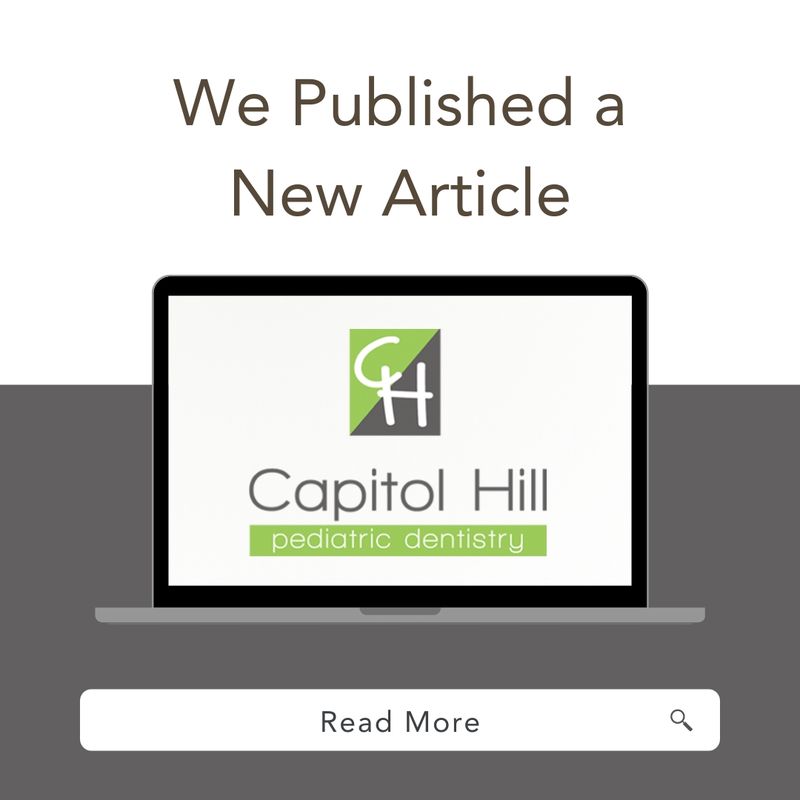Many may underestimate the significance of baby teeth, often believing they are merely placeholders for adult teeth. However, primary teeth play a crucial role in a child’s development, influencing speech, nutrition, and overall oral health. Understanding the importance of these early teeth can set the foundation for a lifetime of healthy habits. At Capitol Hill Pediatric Dentistry, we specialize in providing care tailored to the unique needs of children, ensuring they have a bright start therapeutically and emotionally.
Primary teeth emerge around six months of age and remain in place until approximately age twelve. This period is important not just for chewing food but also for developing proper speech patterns. Baby teeth help children articulate sounds effectively. Without them, challenges such as difficulty pronouncing words or speaking clearly may arise. Regular visits to a pediatric dentist can help monitor these developmental milestones and address any concerns.
Importance extends beyond speech. Baby teeth support healthy eating practices by allowing children to chew and enjoy a variety of foods. Proper nutrition during early childhood is vital for overall growth, and healthy teeth contribute significantly to the ability to consume a balanced diet. Children with healthy primary teeth are more likely to embrace diverse foods and develop good eating habits, which can last a lifetime.
In addition to aiding speech and nutrition, baby teeth serve as guides for the permanent teeth that will emerge later. Maintaining the health of primary teeth helps ensure that adult teeth have enough space and align correctly. If a primary tooth is lost too early due to decay, it can lead to misalignment problems as permanent teeth come in. Regular check-ups with a pediatric specialist can help prevent such issues, as early intervention strategies can be employed to maintain the integrity of a child’s dental architecture.
Capitol Hill Pediatric Dentistry provides a nurturing environment where children feel comfortable and safe, allowing them to experience positive dental visits. Feedback from parents highlights the attentive and compassionate care their children receive. Reviews emphasize that “the staff are amazing with kids,” ensuring that their patients develop a positive attitude towards dental health from an early age. This supportive atmosphere is particularly beneficial during the challenging teething phase, when parents may seek guidance on caring for their child’s emerging teeth.
Another key aspect of ensuring healthy primary teeth is education. Educating both children and parents about proper brushing techniques and the role of diet in oral health is essential. At Capitol Hill Pediatric Dentistry, professionals provide strategies that empower families to foster excellent oral hygiene practices at home. Simple tips, such as supervising brushing and avoiding sugary snacks between meals, can lead to significant improvements in a child’s dental health.
Parents pondering the best place for pediatric dental care should consider the high level of service offered at Capitol Hill Pediatric Dentistry. The office is conveniently located at 650 Pennsylvania Ave, SE, Suite 220, Washington, DC 20003, making it accessible for families throughout the area. For more information on available services or to explore further details, visit Capitol Hill Pediatric Dentistry.
Finally, establishing regular dental check-ups from an early age can significantly influence a child’s future oral health. Consistent monitoring and timely interventions enable the treatment of potential issues before they escalate. By prioritizing primary teeth and their maintenance, parents can help their children achieve and sustain excellent dental health into adulthood.
For those interested in prioritizing their child’s dental care, reaching out to Capitol Hill Pediatric Dentistry to schedule an appointment is an excellent first step. The friendly staff is ready to assist families in making informed decisions about their children’s oral health. Visit Capitol Hill Pediatric Dentistry today and empower your child to embrace a future of healthy smiles.
The information provided on this website is for general informational purposes only and is not intended as professional advice. While efforts are made to ensure the accuracy of the content, no liability is assumed for any harm or misunderstandings that may result from the use of this information. This disclaimer applies to all content published on this website.

